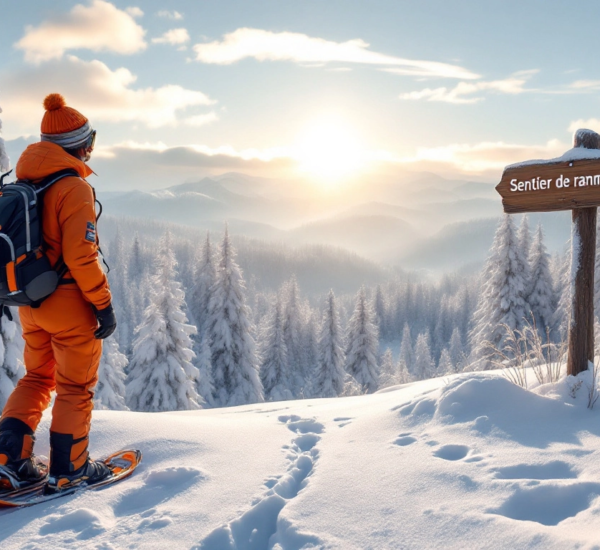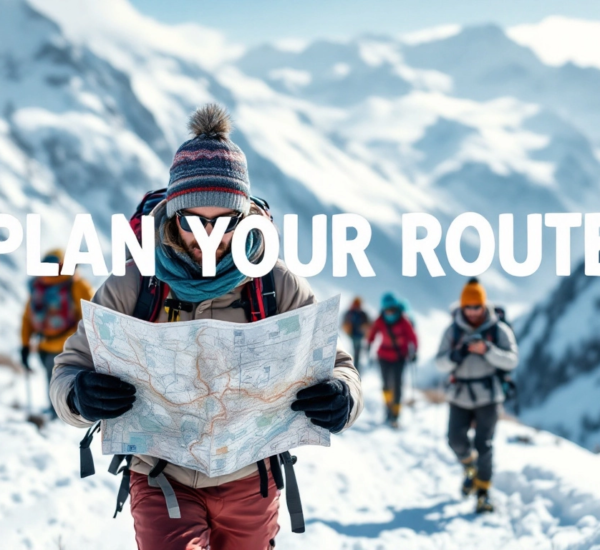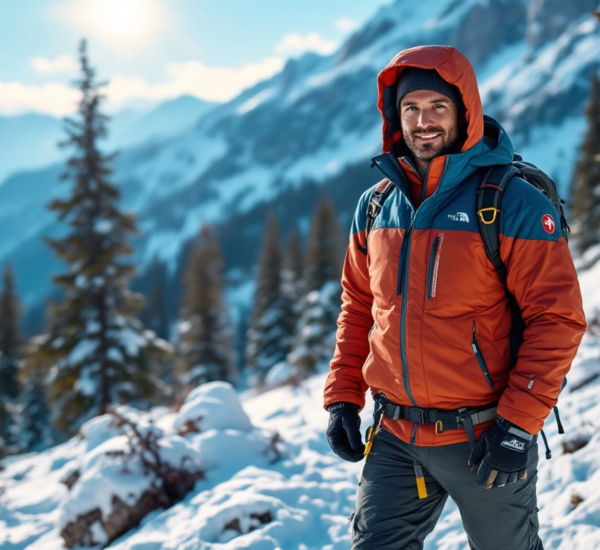Embarking on a solo hike is a rewarding experience that offers unique opportunities for introspection and connection with nature. However, solo hiking comes with its own set of challenges and risks. In this guide, we’ll delve into essential safety tips for solo hikers to ensure a fulfilling and secure adventure. From mastering navigation skills to leveraging technology for communication, we’ll cover everything you need to safely explore the trails.
Table of Contents
- The Importance of Preparation
- Mastering Navigation Skills
- Essential Communication Tools
- Emergency Preparedness
- Health and Wellness Considerations
- Conclusion
- FAQs
The Importance of Preparation
Preparation is the cornerstone of a safe hiking experience. As a solo hiker, it’s crucial to have a well-thought-out plan. Share your itinerary with a trusted friend or family member, including details like your expected route and return time. Familiarize yourself with the terrain and weather conditions of the area you plan to visit.
Mastering Navigation Skills
Using a Compass
A compass is an invaluable tool for any hiker. Learn how to use it before you hit the trails. Practice taking bearings and triangulating your position on a map. This skill is especially crucial if your hike involves off-trail navigation. For a comprehensive guide on using a compass, check out REI’s Navigation Basics.
Reading Maps
Maps provide a visual representation of the terrain, trails, and important landmarks. Before setting out, study your map to understand the distances and elevation changes along your route. Use both physical maps and offline apps in case you’re out of range. Explore our detailed article on How to Read Hiking Maps for more insights.
Essential Communication Tools
Solo hikers should equip themselves with reliable communication tools. A fully charged mobile phone with a portable charger is a must. In remote areas, consider carrying a satellite phone or a personal locator beacon. These devices can be lifesaving in emergencies when cell signals are weak or nonexistent.
Emergency Preparedness
Unexpected situations can arise at any time. Prepare for emergencies by packing a basic first-aid kit and learning how to use it. Familiarize yourself with the signs of hypothermia, heat exhaustion, and other common hiking-related ailments. Additionally, know basic wilderness survival skills such as building a shelter or starting a fire.
Health and Wellness Considerations
Prioritize your health by staying hydrated and well-nourished. Pack high-energy snacks and enough water for your hike. Dress in appropriate layers to protect against varying weather conditions. Pay attention to your body’s signals and take breaks when needed to prevent fatigue or injury.
Conclusion
Solo hiking can be an incredibly rewarding experience when safety is a priority. By preparing diligently, mastering navigation and communication, and being ready for emergencies, you can enjoy the peace and beauty of nature with confidence. Share this guide with fellow adventurers and equip yourself for your next solo hike.
FAQs
- Do I need a GPS device for solo hiking?
- While not essential, a GPS device can provide an additional layer of safety by tracking your location and helping you navigate back to your starting point.
- How can I ensure my personal safety as a solo hiker?
- Stay aware of your surroundings, hike during daylight, and avoid risky areas. Trust your instincts and turn back if conditions become unsafe.
- What should be in my hiking first-aid kit?
- Include basic items like adhesive bandages, antiseptic wipes, pain relievers, blister treatment, and any personal medications.
Ready to embark on your next hiking adventure? Contact us for more tips and resources to ensure a safe and enjoyable journey.
[ad_2]



